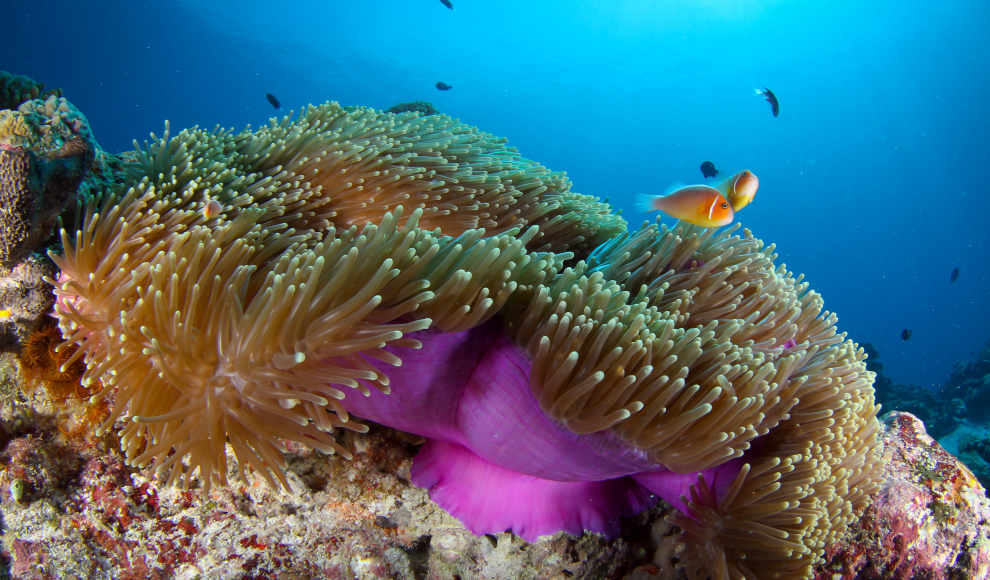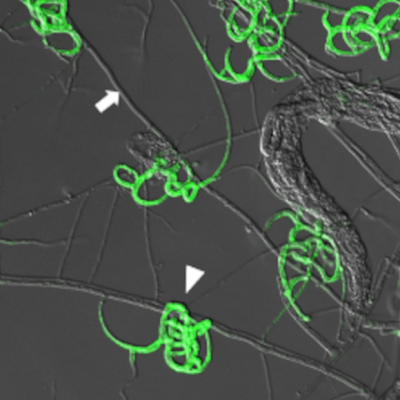Palau’s coral reefs in the Pacific have adapted to climate change and higher water temperatures, but the threat of bleaching can only be prevented by reducing CO2 emissions. According to the Global Coral Reef Monitoring Network (GCRMN), coral stocks have declined by about 14% in the last decade, mainly due to climate change causing regular heatwaves in seawater. However, a recent study by Arizona State University (ASU) showed that some coral reefs are surprisingly resistant to higher water temperatures. Researchers from Newcastle University, led by Liam Lachs, have now examined Palau’s coral reefs in detail and found that they have adapted to climate change and higher water temperatures. This could significantly reduce future bleaching effects.
The researchers modelled various possible future bleaching scenarios of Palau’s coral reefs based on decades of observation data. They found that significant reductions in bleaching effects are possible if the thermal tolerance of corals continues to increase in the 21st century. The extent of future coral bleaching depends primarily on whether and how much people reduce their CO2 emissions. If emissions do not decrease significantly, coral bleaching will be inevitable despite the adaptation of the corals to climate change. Coral can significantly influence their thermal tolerance through methods such as acclimatisation, genetic adaptation, or changes in their community structure. However, the speed of these adaptations is still unknown.
The study shows ecological resilience to climate change and emphasizes the need to implement the Paris Agreement to effectively protect coral reefs. While the study offers a glimmer of hope, it also highlights the need to continue efforts to reduce CO2 emissions. The adaptation of coral reefs to climate change can have unwanted effects, such as reduced reef diversity. Without drastic emissions reductions in the next few decades, Pacific reefs will not provide the resources and protection that Pacific peoples have used for centuries.










